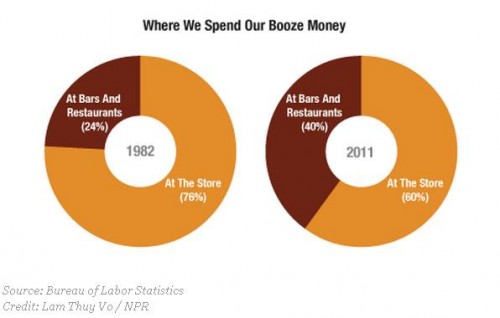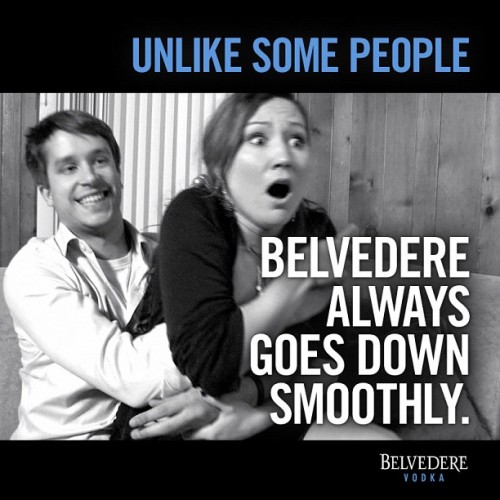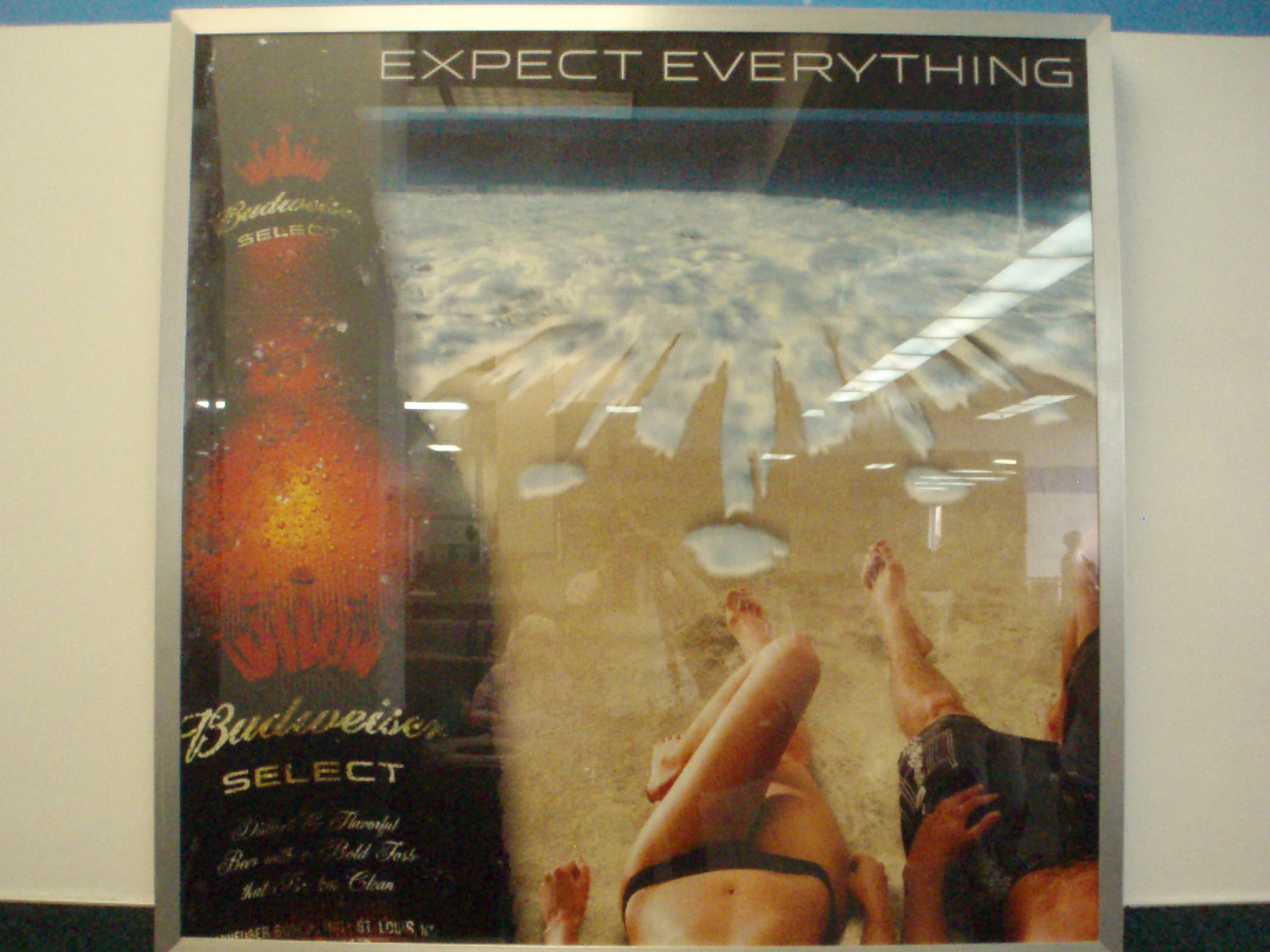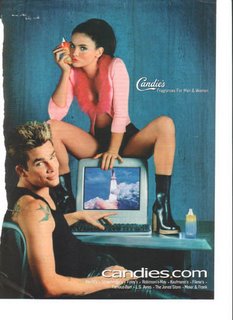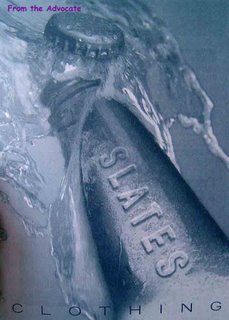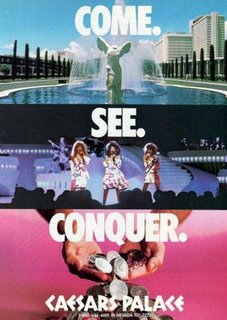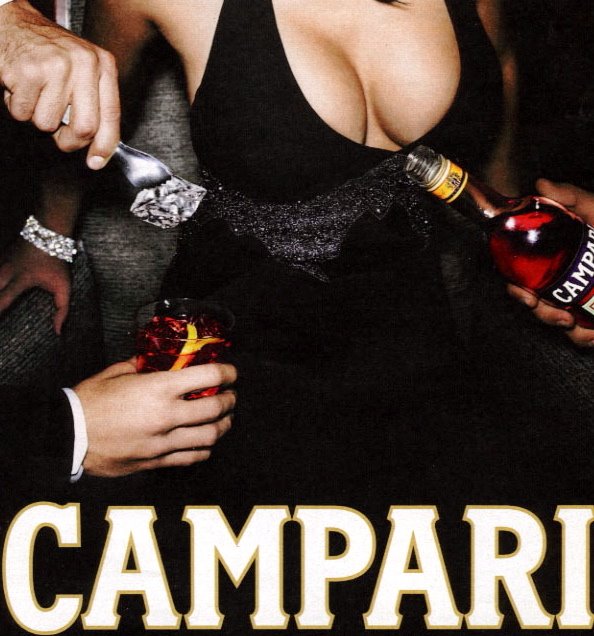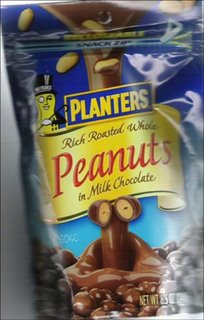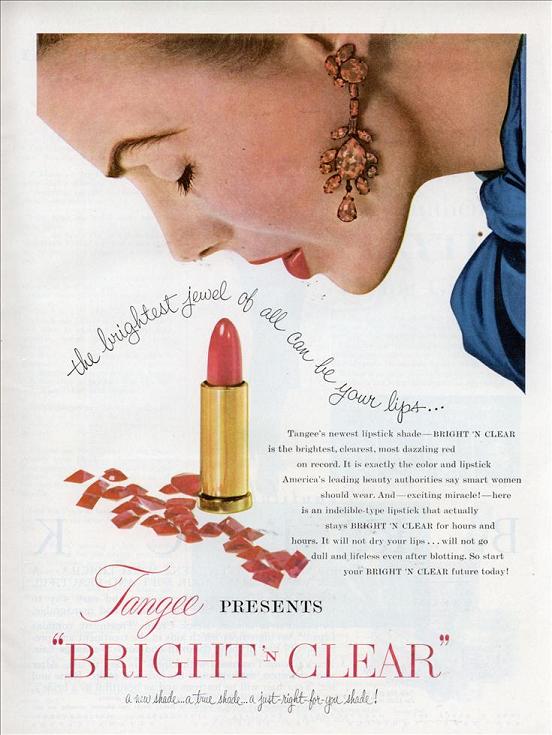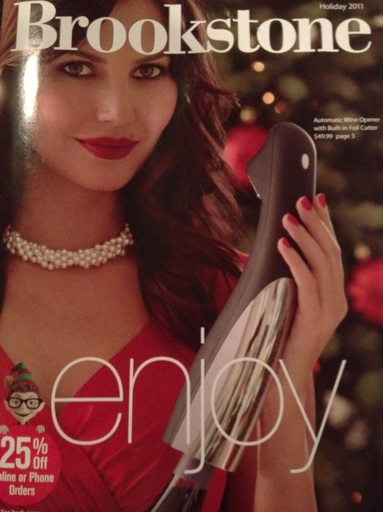A report at Planet Money suggests that Americans are getting our wallets lifted at the bar these days. In 1982, 24% of our liquor budget went to bars and restaurants; today it’s 40%.
This isn’t because we’re eating or drinking out more, it’s because the price of spirits has gone down at the grocery store, but way up at establishments.
On average, $1 out of every $100 earned by Americans goes to liquor, and that hasn’t changed since 1982. But how much we pay where has shifted quite dramatically.
Lisa Wade, PhD is an Associate Professor at Tulane University. She is the author of American Hookup, a book about college sexual culture; a textbook about gender; and a forthcoming introductory text: Terrible Magnificent Sociology. You can follow her on Twitter and Instagram.

